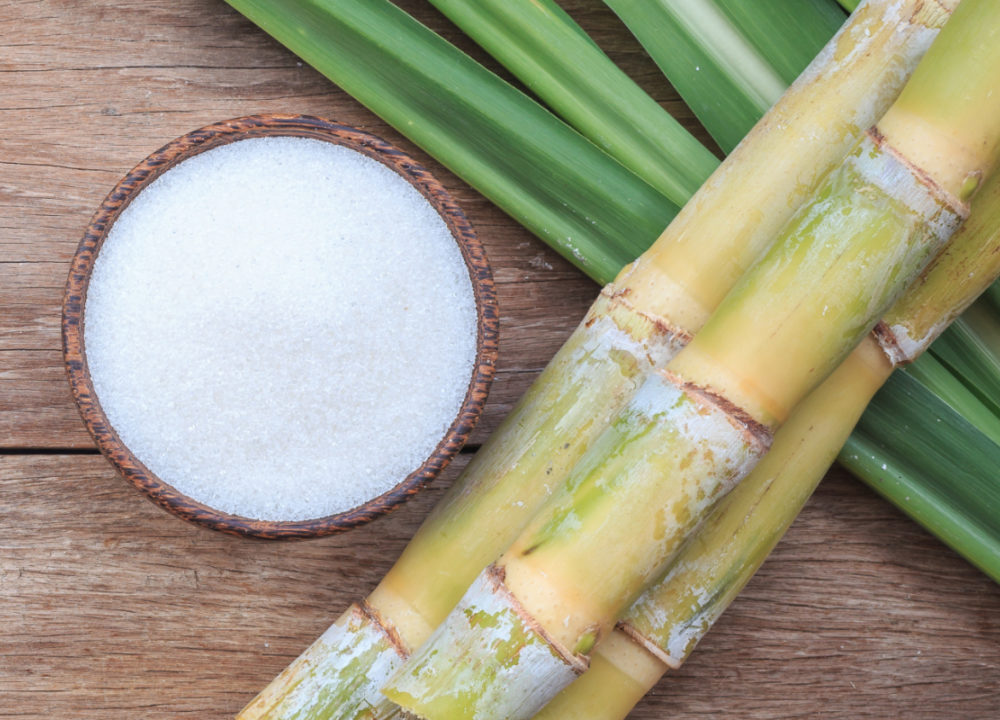
Where would the world of baking be without sugar? For that matter, many dishes, even some savory, depend on sugar in some form. So where did this magical substance, that plays such a huge part in our culinary pursuits originate?
Here is a brief, sugar in a nutshell, version of it’s history.
Cane sugar was believed to originate in Micronesia and Polynesia, then spread to India where it was discovered in 510 BC by the Emperor Darius of Persia. Story goes that some of his soldiers found the cane growing down by the river, and the locals introduced them to this sweet cane. They referred to it as “honey without bees”. But the domestication of the plant and extraction of the sugar cane juice can be traced back as far 4,000 BC in Southeast Asia, and some research traces it back to 8,000 BC. The actual process of turning the sugar cane juice into granules of sugar goes back only about 2000 years.
By 642 AD, when the Arabs invaded Persia, sugar cane cultivation and processing had spread to North Africa, Spain and China. Even with this spread, it was not widely available, and had not yet made its way to Western Europe.
Sugar Arrives in Europe and England
We have to jump ahead to the Crusades in the 11th Century before it gets to Europe and England. An actual recipe containing sugar was found in an old book in London dated 1069. It was extremely expensive and was enjoyed by only the wealthy class across the Western world.
In 1493, Christopher Columbus took sugar cane plants (a gift from the governor of the Canary Islands) from the Canary Islands to the Dominican Republic and Haiti, with the thought that the climate was perfect for this plant. But on that voyage they were more interested in finding gold than growing crops, so the plants unfortunately failed. It’s surprising that he didn’t realize how much Europeans were willing to pay for sugar, or “white gold” as it was sometimes called. It was not until the mid 1500’s that experts were brought from the Canary Islands to help get it established.
Between 1710-1770 sugar became extremely popular and somewhat more affordable in Europe and England, and around 1751 cane plants were brought to Louisiana by the Jesuit priests and it was available in the Colonies as well. Little did they know at that time that this was the beginning of a multi billion dollar industry for that state.
Today, 80% of our sugar comes from cane and 20% from sugar beets. The world’s leading producer of cane sugar is Brazil, followed by India, with the EU coming in as the largest producer of beet sugar. Wherever that bag of sugar on your grocery store shelf came from, we can all thank Conquerors, Crusaders, and Columbus for the fact that it is there, and most of the time, in abundance.